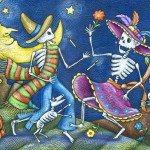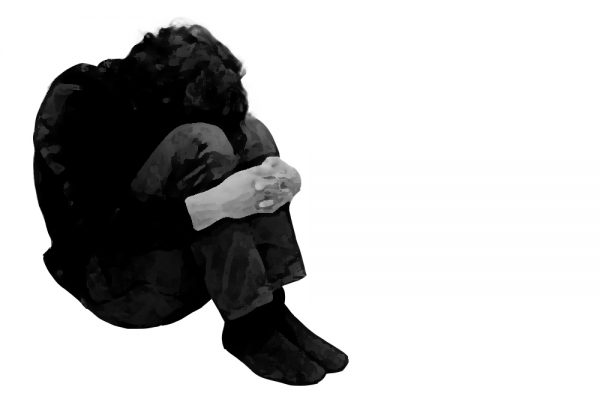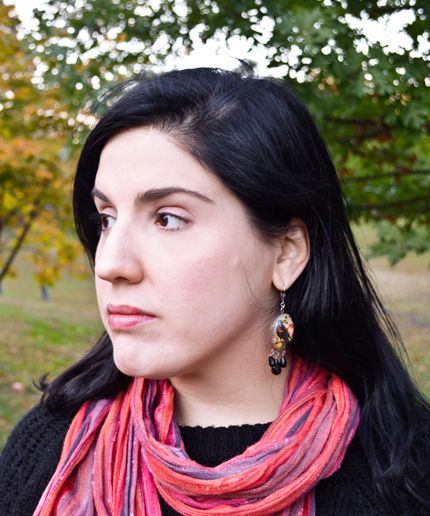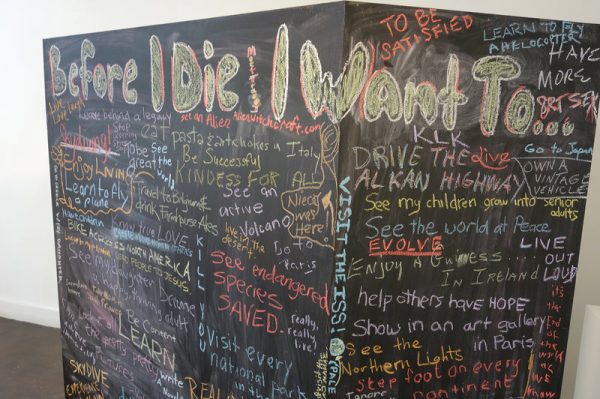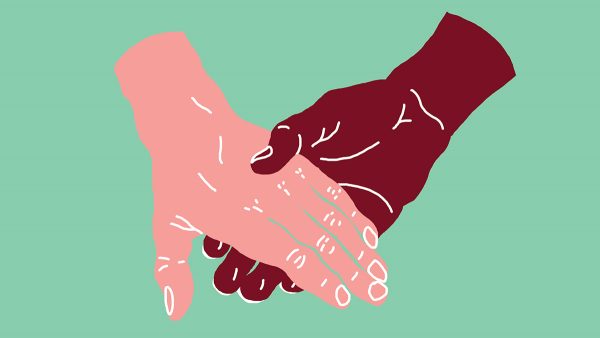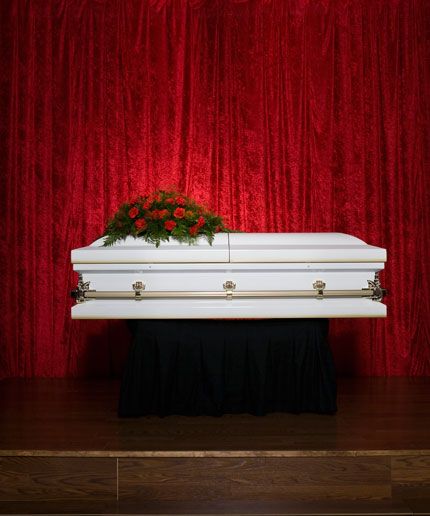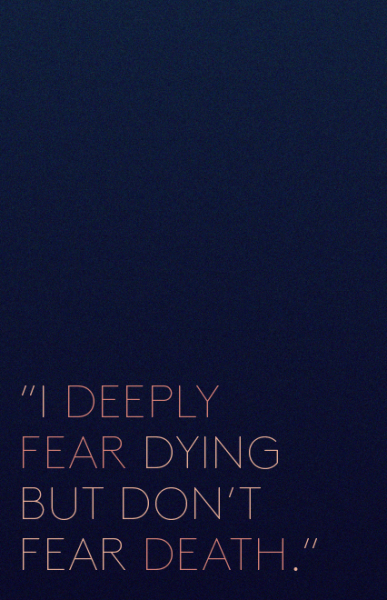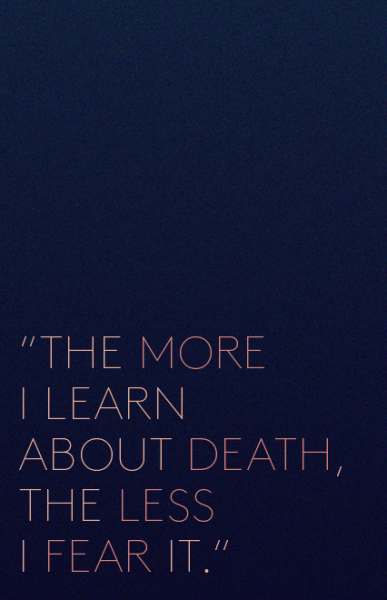A new decree forbids Catholics to scatter ashes, and insists on the sanctity of the cemetery. But in terms of burial options, the Vatican are way behind the times
By
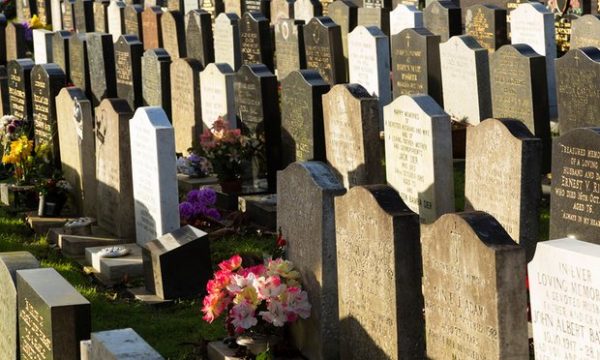
[J]ust in time for the prayers for the dead on All Souls’ Day next Wednesday, the Vatican has restated its position on what can be done with the ashes of the faithful. In short, no longer can Auntie be kept in a mantelpiece urn or grandad’s ashes scattered on his local team’s football pitch.
Concerned about the adoption of “new ideas contrary to the church’s faith” suggestive of “pantheism, naturalism or nihilism”, the Vatican document conflates ashes-scattering with a dangerously new age spirituality, stipulating instead that remains should be kept tangibly in a sacred place. The Catholic belief in bodily resurrection at the end of days makes this position unsurprising, and the church clearly has a vested interest in discouraging casual rituals outside their control, but it’s a proscription that doesn’t sit well with current trends in the UK. The Vatican may face a harder battle against creeping modernism in the matter of burial and funeral practices than they bargained for.
Burial space in the UK is at a premium. The Labour government’s 2007 plan to allow the reuse of graves was given the green light in London, but the toxicity of the topic has seen it languish “under review” ever since for the rest of England and Wales. A Scottish bill to permit such recycling was passed in March. But such measures won’t make a significant dent in the 75% cremation rate, and the scattering of ashes is still a huge trend – the Mountaineering Council of Scotland warns that the sheer volume of ashes on the most popular summits is such that it is causing dangerous chemical changes in the soil.
The Vatican rejects the idea of death as “the moment of fusion with Mother Nature or the universe, or as a stage in the cycle of regeneration” that scattering in such natural environments represents; it also bans the use of ashes in memorial trinkets. In recent years, ashes have been used to make everything from records to tattoo ink, and such gung-ho going-ons have become associated with rock’n’roll abandon, from Keith Richards snorting his father’s remains, to the metal fan whose ashes were scattered in the mosh pit earlier this year. US experimental act Negativland went so far as to issue their new album this month with a small bag of the ashes of band member Don Joyce. Irreverent stuff, but the modern history of cremation in the UK started in no less paganistic style, with the failed prosecution of druid William Price for burning the body of his baby son on a pyre in 1884, setting a legal precedent that saw the practice legalised in 1902.
But cremation may not be where the individualism and valorisation of the natural world the church so fears is really thriving. Alternative trends in the disposal of bodies are moving towards burial. The Association of Natural Burial Grounds (ANBG) represents more than 270 woodlands and meadows run as natural cemeteries in the UK; 20 years ago there was only one such facility. It is in natural burial that the idea of an unmediated return to the earth that the church has denounced is writ large, with bodies often buried without a coffin and the landscape managed sustainably to preserve its natural beauty.
Rosie Inman-Cook, head of the ANBG and of the Natural Death Centre (NDC), a charity that puts choice, family and respect for the environment at the centre of their funeral advice service, has written inspiringly about the wide range of funeral and burial options available in the UK today. In the words of Leedam Natural Heritage, which operates eight natural burial grounds, these alternatives “offer something gentler”. Indeed, this is all in a context of the rejection of the staid funerals of old, which belonged to a more emotionally buttoned-up past, with British Humanist Association-trained celebrants now conducting more than 7,000 funerals a year.
But more and more people are doing away with formal ceremony and professional celebrant altogether, instead taking the “direct-it-yourself” approach championed by Inman-Cook, or going for direct cremation, which involves no funeral at all. The fact that David Bowie chose this option cemented his image as the ultimate individualist, and the NDC has reported a rise in interest in this possibility.
With adherence to a faith’s doctrines always being on a sliding scale, and the Catholic faithful hardly being immune to changing fashions, the church perceives these new approaches to marking the end of our lives as a threat. But if they are worried about greater freedom and a more individualistic approach to death and burial, scattering of ashes is old news.
Complete Article HERE!





